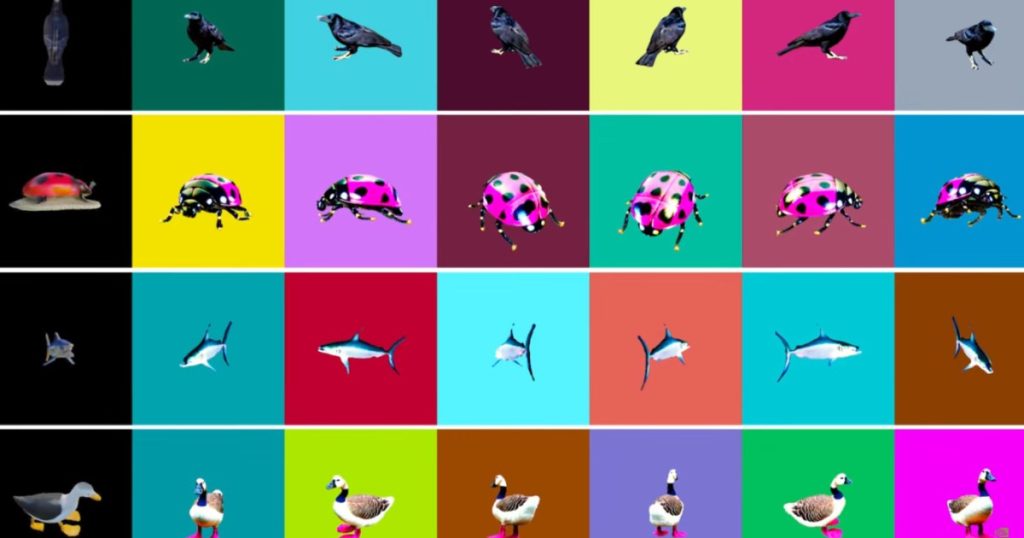Nvidia introduced Latte3D, a new generative AI model, at GTC 2024. Latte3D is like an advanced version of ChatGPT, functioning as a text-to-3D model that can transform simple, short text prompts into 3D objects and animals almost instantly. This model serves as a virtual 3D printer, offering a quick solution for creators in various industries.
Designed to streamline the process of creating 3D models, Latte3D caters to creators in fields such as video games, design projects, marketing, and even machine learning and robotics training. In a demo by Nvidia, the model appears user-friendly, quickly generating 3D models with added details in response to text prompts. While the output may not be as realistic as OpenAI’s Sora, it significantly speeds up asset creation by eliminating the need to start from scratch.
The model provides users with multiple options to choose from and can optimize shapes for higher quality within minutes. These designs can be exported to platforms like Nvidia’s Omniverse and further customized to meet specific requirements. Nvidia trained Latte3D using Ada A100 Tensor Core GPUs and ChatGPT prompts to prepare it for interaction with real users.

Get your weekly breakdown of the technology behind PC gaming
Currently, Latte3D can generate objects and animals, demonstrating proficiency in recognizing various textures, animals, and object types. Nvidia showcased its ability to distinguish between different animals like Italian greyhounds and Shiba Inus, presenting objects such as amigurumi common cranes and origami sphynx cats as examples.
Creators can train Latte3D on different datasets like plants or household objects to expand its capabilities for personalized use. Nvidia envisions applications such as training personal assistant robots before deployment. The versatility of Latte3D extends beyond game development, offering potential uses in various scenarios.
Nvidia’s vice president of AI research, Sanja Fidler, highlighted the significant speed improvement of Latte3D compared to its predecessors, stating, “A year ago, it took an hour for AI models to generate 3D visuals of this quality — and the current state of the art is now around 10 to 12 seconds. We can now produce results an order of magnitude faster.”
The recent advancements in using AI for game development, including Nvidia’s Latte3D, represent groundbreaking innovations that may revolutionize the game creation process. Nvidia’s introduction of NPCs with AI-generated dialogue and Unreal Engine’s real-time generation of film-quality visuals through machine learning exemplify the potential impact of these technologies.
Editors’ Recommendations


